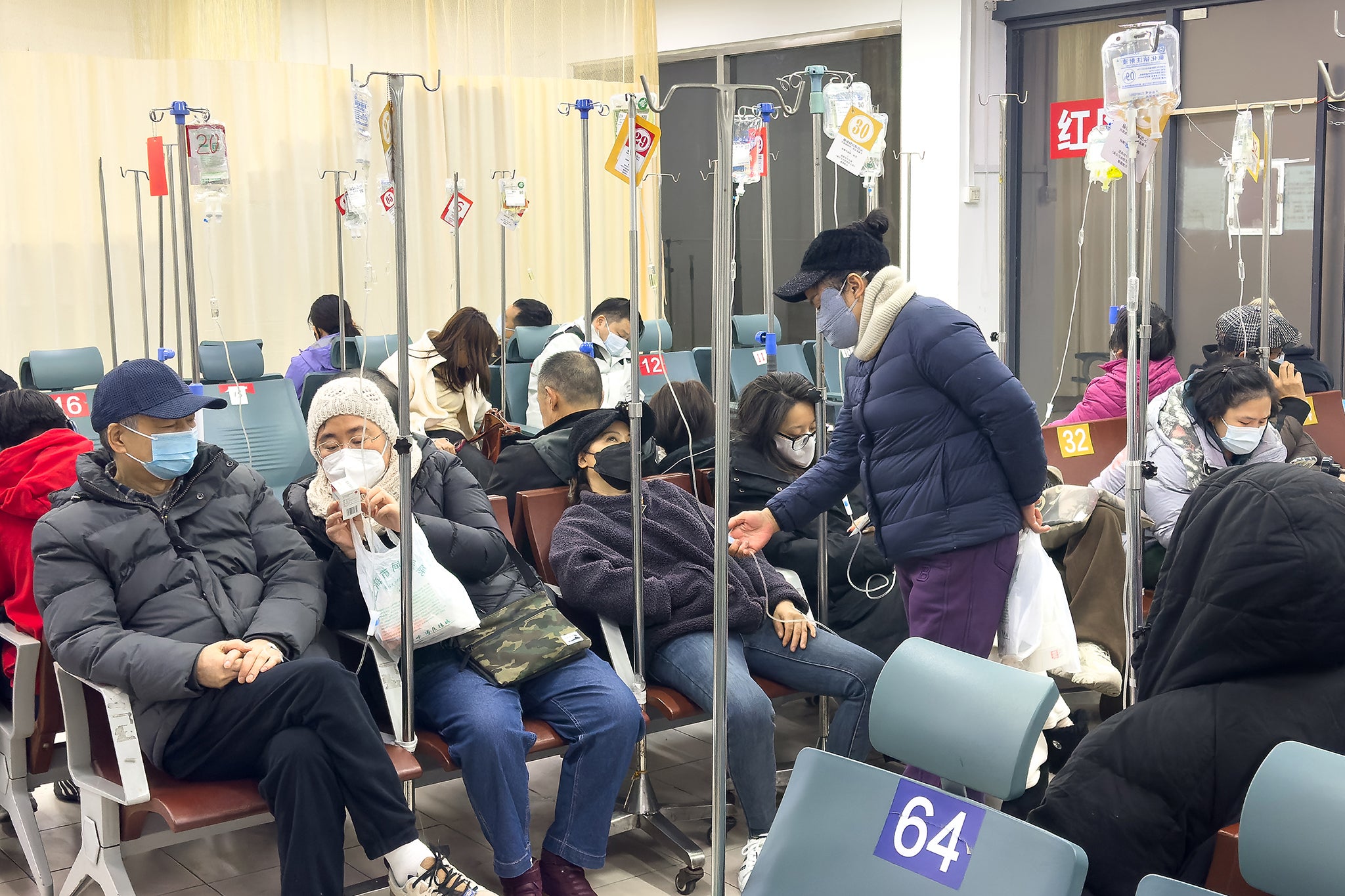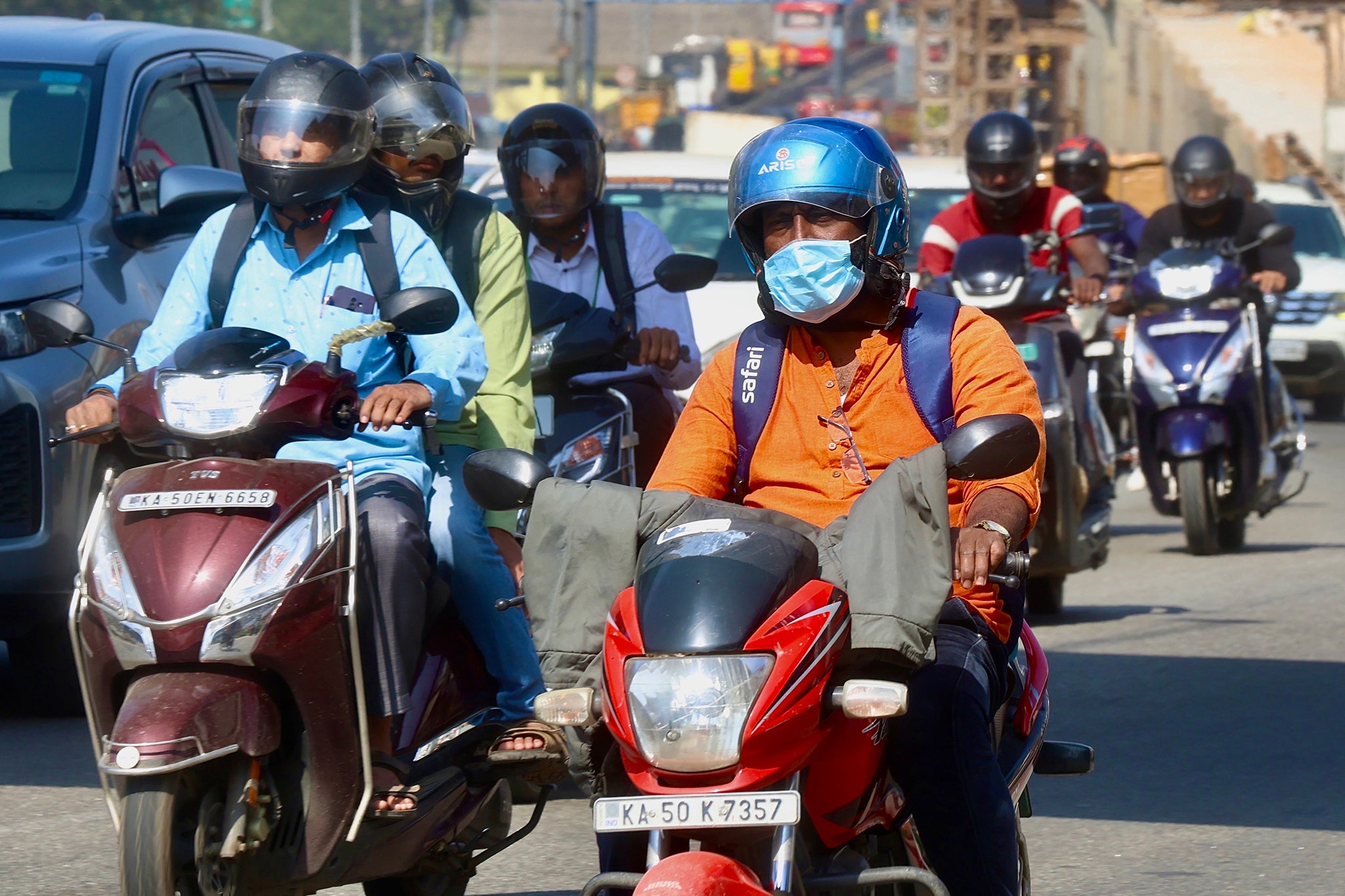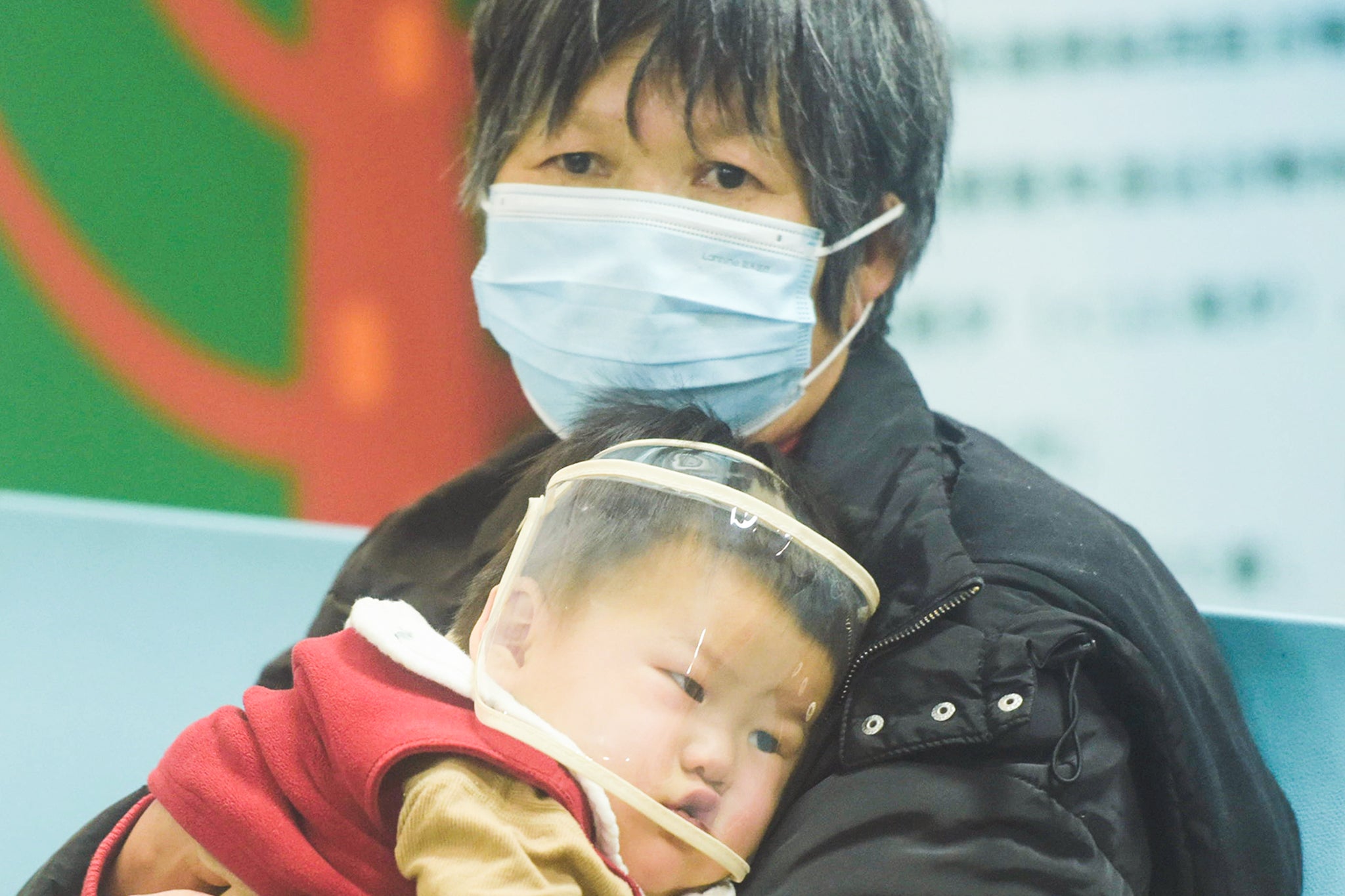The mystery behind the new virus that shakes China and worries the world

POccasion days after the end of the year celebrations, reports on the increase in cases of people infected by a new virus began to appear. A respiratory disease with symptoms similar to flu or cold began to spread in the provinces of northern China during winter, with a remarkable impact on children under four years.
According to reports, hospitals are collapsed, intensive care units operate to the limit of their capacity and new health control measures have been implemented. The concern intensified when signs arose that the outbreak had begun to spread.
In India, there has been a significant increase in cases, while Malaysia and Kazakhstan began reporting patients affected by the disease. According to reports on Tuesday, January 6, cases in the United States would have doubled and reached 300. In the United Kingdom, an aggressive flu strain circulates, accompanied by other respiratory diseases that seem to be spreading quickly. There is no office or home that has escaped the impact of a weakening situation in recent days.
This scenario brings disturbing memories of five years ago, when in January 2020 rumors began to emerge on a possible outbreak of a lethal virus in China. At that time, the images of saturated hospitals and improvised medical centers to serve the sick and deceased began to circulate. A month later, the World Health Organization (WHO) announced the official name of the strain: COVID-19.
At that time, the flu did not generate more concern. However, we all know what happened next. A few weeks later, the name of the virus was already known, while the cases multiplied rapidly throughout Europe. Shortly after, the whole world faced global confinement.
Five years later, the world pays more attention to the signals that should not ignore. Therefore, recent headlines about the “increase” of a virus in China have generated alert and concern.
The countries and the authorities monitor the situation diligently, while in social networks speculation and misinformation already circulate. Official organizations require greater transparency to China and point out how at the time it minimized the initial gravity of the Covid-19 pandemic. Beijing now receives demands to share the available data more open.
But the question persists: to what extent should we be alarmed?
The first thing to clarify is that, unlike COVID-19, what happens in China is not due to a new virus. It is about human metapneumovirus (HMPV), a pathogen identified in the Netherlands in 2001. This “old” virus affects most people before the age of five. Researchers estimate that between 10 and 12 % of respiratory diseases in children are related to this virus. In addition, it is not as contagious as the Coronavirus, since its incubation period varies between three and six days, nor is it so severe, despite the images that arrive from China.

Mortality rates associated with human metapneumovirus are significantly lower and the most common symptoms include coughing, fever, nasal congestion and fatigue. Although most cases are mild, in some patients it can cause serious infections of the lower respiratory tract, such as pneumonia. It can also aggravate pre -existing conditions, such as asthma or chronic obstructive pulmonary disease (COPD).
It is not surprising that HMPV cases increase more quickly during winter and spring, a pattern that experts stand out with emphasis every year. In the United Kingdom, it is evident that even the strongest people are succumbing to “whatever it is circulating.”
This winter has been especially difficult and marked by diseases so far. Although recent government statistics indicate that last week the hospital income rate was recorded by COVID-19 lower for this period in any winter after the pandemic, a rapid increase in other viral diseases, such as flu (such as flu (such as flu (such as flu (such as Influenza), the Sympitial Respiratory Virus (VRS), as well as outbreaks of diarrhea, vomiting and norovirus.
During the first week of notification, in mid -December, there was an increase of 352 % in the occupation of beds in general and acute hospitals by patients with flu. As for human metapneumovirus (HMPV), its prevalence shows moderate growth, with a level of activity classified as “medium”. During the Covid-19 pandemic, viral infection rates were partially monitored by the government through the analysis of sewerage waste, a useful tool to identify trends in the propagation of new viruses.
Preliminary data on HMPV showed indications of a high demand for health care driven by typical winter diseases. However, they also stressed that “it is not clear if this winter represents the worst scenario to date in terms of pressure caused by the flu.” The number of beds occupied by flu patients during the second week of winter reached the highest level “since this measure began to be recorded” in the 2020-2021 period.

“The total number of people hospitalized by flu and other viruse . In addition, he warned that, with the return of children to schools and the increase in activity in the offices, “the situation is likely to get worse before starting to improve.”
In the United Kingdom, HMPV cases record a slight increase week by week. However, experts insist on calming any fear that a situation similar to that of past pandemic is repeated. In the five years elapsed since the appearance of COVID-19, our perception and response to viral diseases have changed significantly. In 2018, it was rare to listen to friends or colleagues to talk about an increase in flu cases anywhere in the world. Today, our collective consciousness shows a remarkable change.
“I think that part of the current concern is influenced by the trigger bias because COVID-19 had its origin in China. This leads some people to perceive what could be discrimination or, possibly, to relive the fear of the unknown. There is a fear that something similar can get out of control and become another pandemic, ”explained Dr. Simon Williams, a behavior scientist, a public health researcher and a professor of psychology at the University of Swansea, who has also collaborated as a consultant for WHO .
Dr. Simon Williams emphasizes that over the years several threats of pandemics that did not become realized have been identified. For example, aviar flu in the United States represents a much greater risk than the one currently raised by HMPV. Also, in recent weeks, an alleged “mysterious” virus that generated fear in the Democratic Republic of the Congo proved to be an outbreak of malaria. These cases emphasize the need to analyze caution risks and avoid generating unnecessary alarms. Before drawing conclusions, it is crucial to act prudence and make sure you have reliable information.
Dr. Williams insists: “It is essential that the data will be shared globally, so that everyone can understand the real risk level. Public communication depends on clear official evaluations. ” Although the world still faces the sequelae of the Covid-19 Pandemia, this does not mean that another similar crisis cannot occur in the future. To face these threats, the specialist emphasizes, it is necessary to have access to precise and quality data to make informed decisions and keep the population prepared.

The clear communication of the facts, or the absence of this, marked the unfortunate legacy of the Covid-19 pandemic. At that time, speculation about the origin of the virus in China, a crucial fact to prevent the spread of another outbreak, became common from the beginning.
Both the Chinese government, known for its secrecy towards external sources, as the WHO, through their own investigation, faced an intense public scrutiny by The New York Times. Key questions, such as how the jump of the COVID-19 of animals to humans and why China failed to contain the virus, were mostly unanswered. Over time, misinformation and conspiracy theories found a receptive audience.
Although five years have passed, Williams believes that this situation could contribute to the emergence of a new outbreak. In the United Kingdom, the acceptance of the vaccine has shown surprisingly low levels, even less than last year, including among the NHS staff. According to Williams, this is due to both complacency and doubts generated by the pandemic experience.
“On the one hand, this week the issue of human poliovirus virus arises, which causes a fear perhaps anticipated to a possible pandemic: the first reports unleash concern and feed the imagination,” he says. “The constant threats of the flu and the COVID-19 seem not to generate great concern in people. This could explain the low acceptance of vaccines, which increases the risk of new outbreaks, in addition to the lack of disposition to take days of resting before disease symptoms. We are returning to that mentality of continuing with our activities, even being sick, as was the case in 2019, ”he says.
“It is crucial to find a balance: not to live in a state of constant fear of the next pandemic, but neither fall into total indifference,” he warns.
With the new reports on human metapneumovirus, a disturbing reminder arises: a pandemic could be repeated. Although we observe carefully what happens in other countries, it is also crucial to pay more attention to dynamics and risks within our own environment. If something taught us 2020, it is the importance of taking threats seriously, regardless of its origin or appearance.
Translation of Leticia Zampedri
(Tagstotranslate) Covid-19
Source link





